Shop prices increased during May at the second highest rate in the past six years, driven by non-food inflation and “spiralling” business property tax.
Shop price inflation grew to 0.8% in May, up from 0.4% in April. This is above both the 12- and six-month average price increases of 0.2% and 0.6% respectively, according to the BRC-Nielsen Shop Price Index.
Non-food prices increased by 0.2% during the same period compared to April, when prices decreased by 0.6%. May is the second month this year to register inflation in this category compared to the past six years of deflation.
Fresh food inflation held steady at 1.5% in May, although it was still above the 12- and six-month average price increases of 1.3% and 1.4% respectively.
Ambient food inflation slowed to 2.1%, down from 3.2% in April. This was below the 12- and six-month average price increases of 2.3% and 2.4% respectively.
British Retail Consortium chief executive Helen Dickinson said: “Currency depreciation, stockpiling, rising minimum wage and the Apprenticeship Levy have all put upwards pressure on prices for a while, and it now appears that retailers cannot absorb them any longer.
“Unless the Government addresses future cost rises, including spiralling business rates, we may see larger price rises in the future.”
Nielsen head of retailer and business insight Mike Watkins said: “While there are still cost price increases coming through the supply chain, food inflation remains lower than CPI and supermarkets continue to offer price reductions, in particular on seasonal food and drink, which is helping to offset other cost of living increases.
“Inflation has returned to non-food, but consumers remain cautious and there is intense competition on the high street. With non-food retailers facing uncertain levels of demand, price discounting could quickly return if demand weakens over the next few months.”


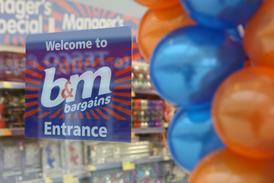
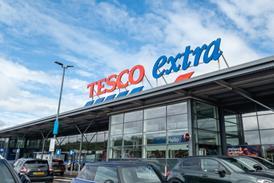














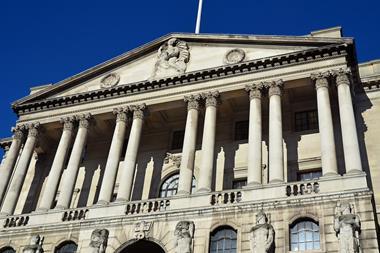
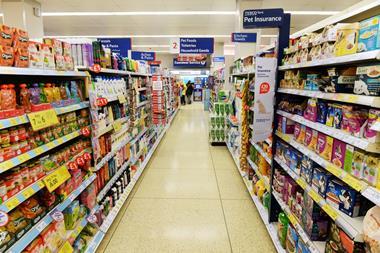
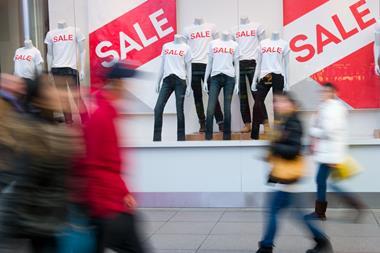


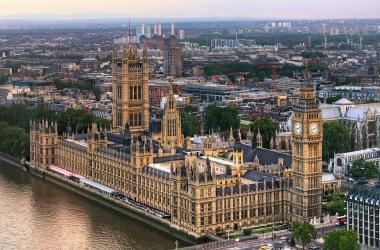
No comments yet